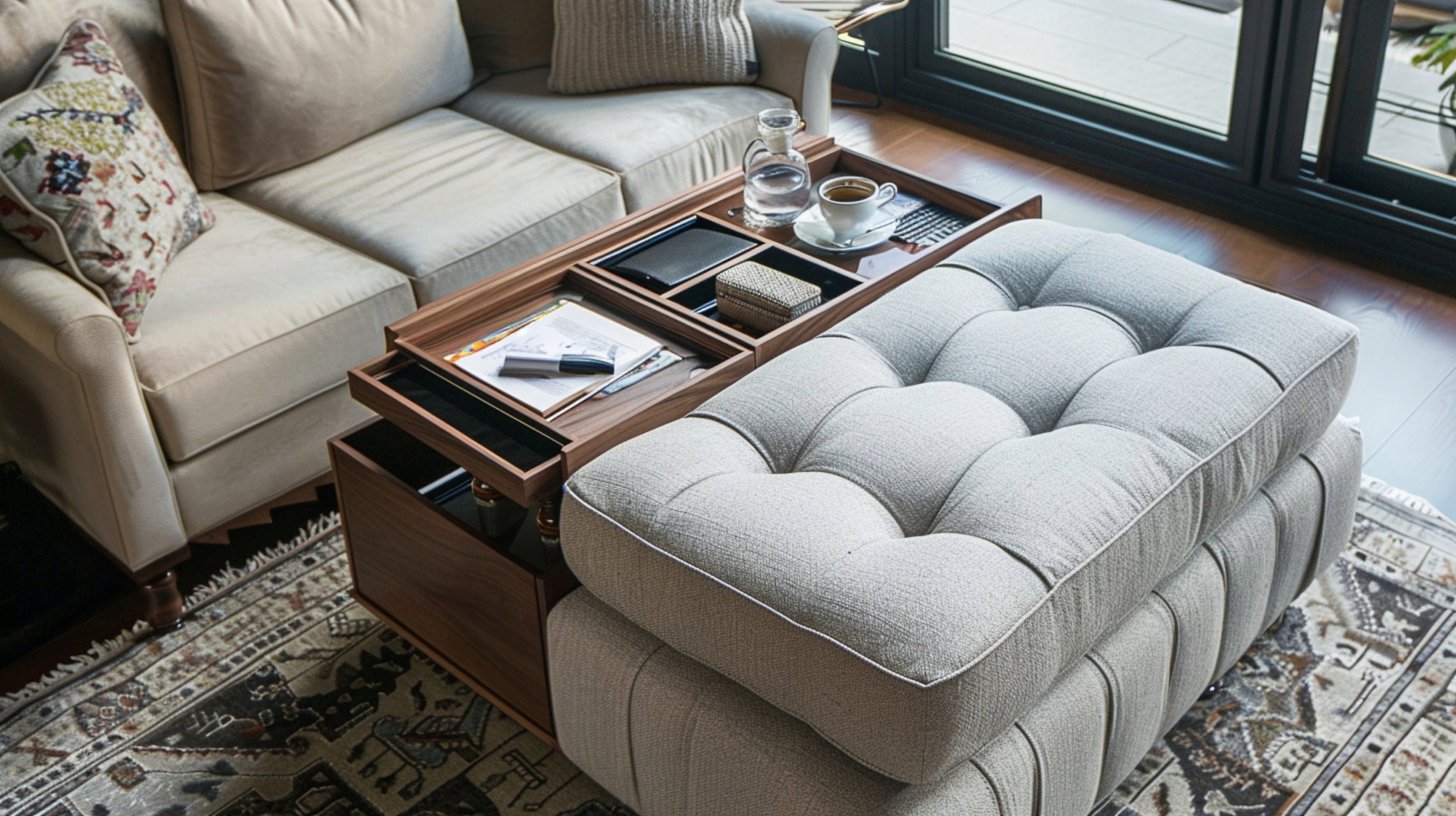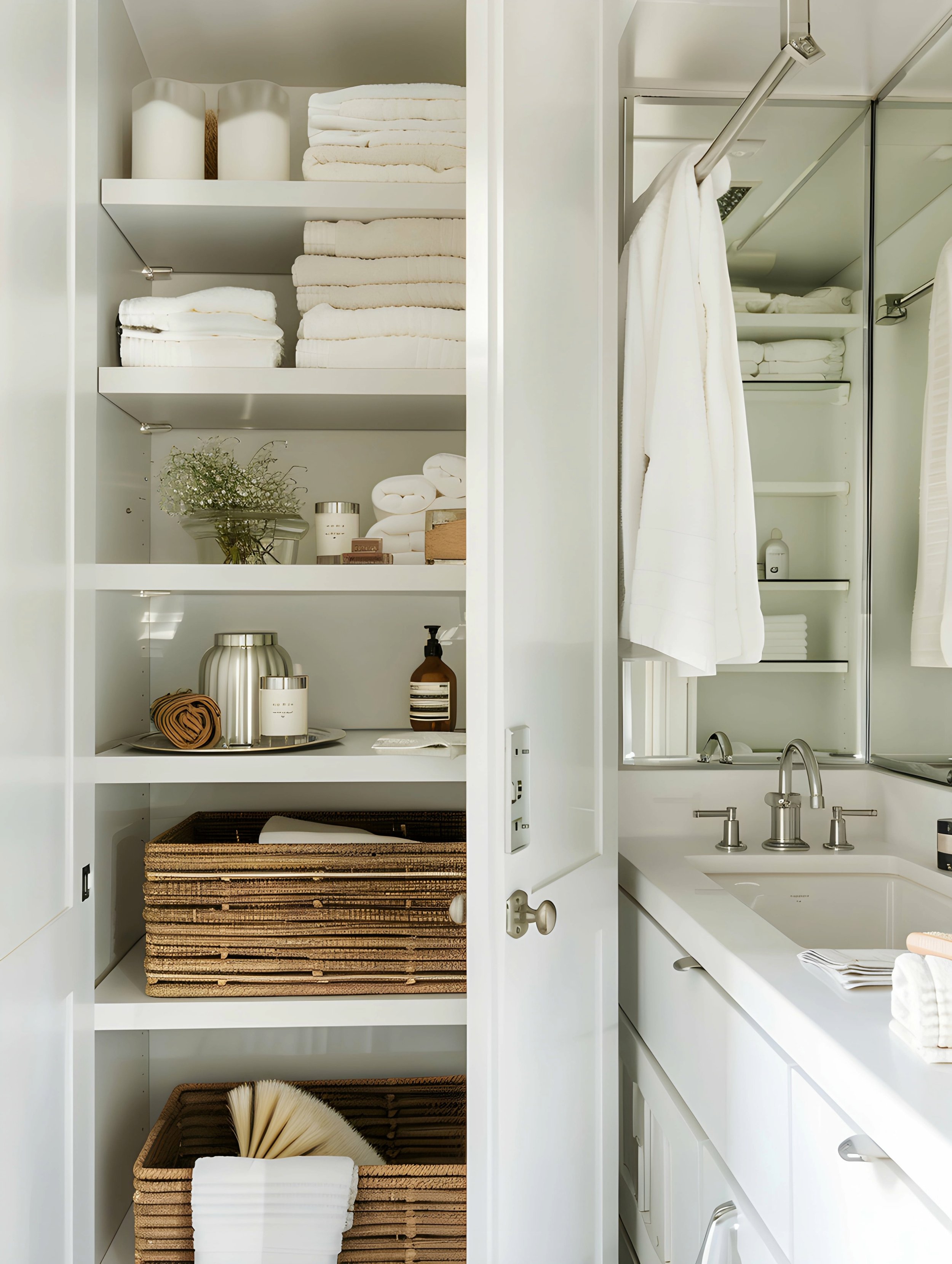7 Tricks to Make a Small Space Feel Bigger
Small space living can be both cozy and challenging. While it offers the charm of intimacy, it can sometimes feel cramped. Fortunately, there are several clever design strategies that can help you make a small space look bigger and inviting. Whether you’re in an apartment, a tiny home, or just dealing with limited square footage, here are some small space ideas and effective tips to maximize your space to enhance the feeling of openness.
1. Use Mirrors Wisely
Mirrors are a classic trick for creating the illusion of space. By strategically placing mirrors across from windows or in areas where they can reflect light, you can enhance brightness and depth. Using full length mirrors can act as a focal point while also giving the impression of a larger area.
2. Choose Inviting Lighting
Speaking of lighting, your choices can greatly influence how spacious a room feels. Natural light is the best option, so keep windows clear and use sheer curtains to let in as much light as possible. For artificial lighting, opt for soft, warm bulbs and multiple light sources such as floor lamps to add height and combat dark corners.
3. Opt for Multifunctional Furniture
While decorating small spaces, Invest in furniture that serves multiple purposes. Look for ottomans that open for storage, coffee tables that can transform into desks, or sofa beds for accommodating guests. This not only saves space but also minimizes clutter, creating a more open environment.
4. Make Rooms Multifunctional
Not only can you make furniture multifunctional, but you can also double your space with multifunctional rooms, such as combining your nursery and guest room. There are plenty of creative opportunities that don’t require moving or completely rearranging. Bedrooms typically can make the best dual space such as a desk or couch making for a work space or communal space.
5. Go Vertical with Storage
When floor space is limited, think vertical. Use wall-mounted shelves, tall bookshelves, or cabinets that reach the ceiling to draw the eye upward. This approach not only maximizes storage but also creates a sense of height, making the room feel larger. As mentioned before, a high mirror can also be used for this effect or even hanging your favorite art above eye level.
6. Don't forget the ceiling!
The fifth wall is often neglected and remains unnoticed in its original shade of white. This space is completely underutilized though, especially when it comes to making a place feel larger. It goes back to the idea of thinking vertically while designing a room, and the ceiling can be a major asset. How is best to tackle it? Paint or wallpaper the ceiling to draw the eye up—and to add a fabulous dash of color or pattern without sacrificing space.
7. Think Clearly!
Transparent furniture, like acrylic chairs or glass tables, can create a sense of openness. These pieces take up less visual space and allow light to pass through, contributing to an airy feel. Incorporating see-through elements can keep your layout feeling light and uncluttered. Glass isn’t the only option, however, you can also use chairs and sofas with visible legs instead of furniture with skirts that reach the floor. This allows you to see under and around pieces so they appear to float in the room rather than dominate it.
Conclusion
Making a small space feel bigger is all about smart design choices and a mindful approach to organization. By incorporating these tips, you can transform your cozy quarters into an inviting and spacious retreat. Remember, it’s not just about the square footage; it’s how you use it that truly counts! Happy decorating!




